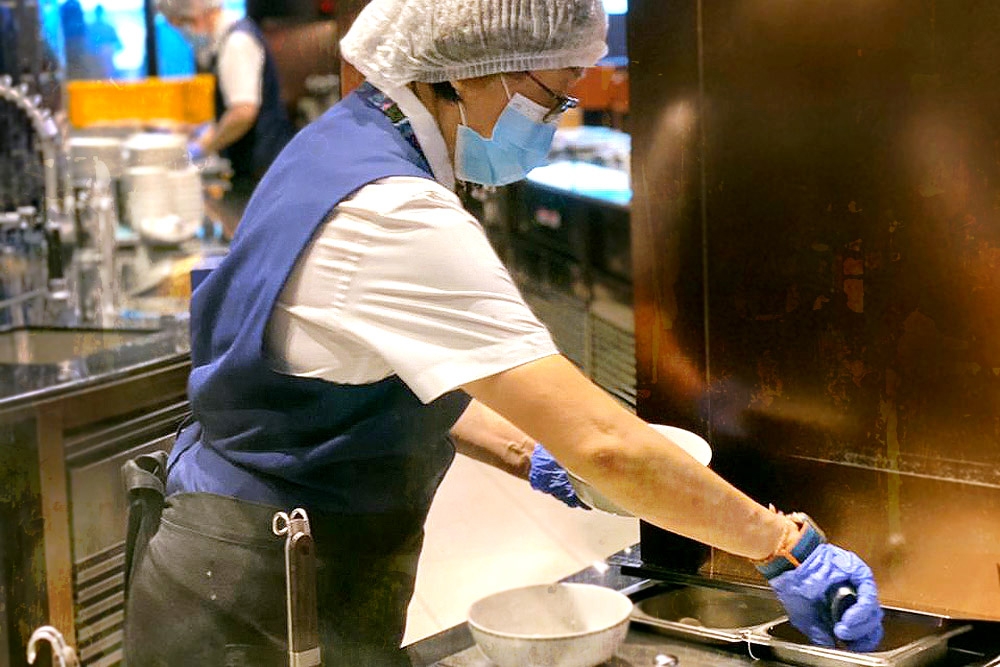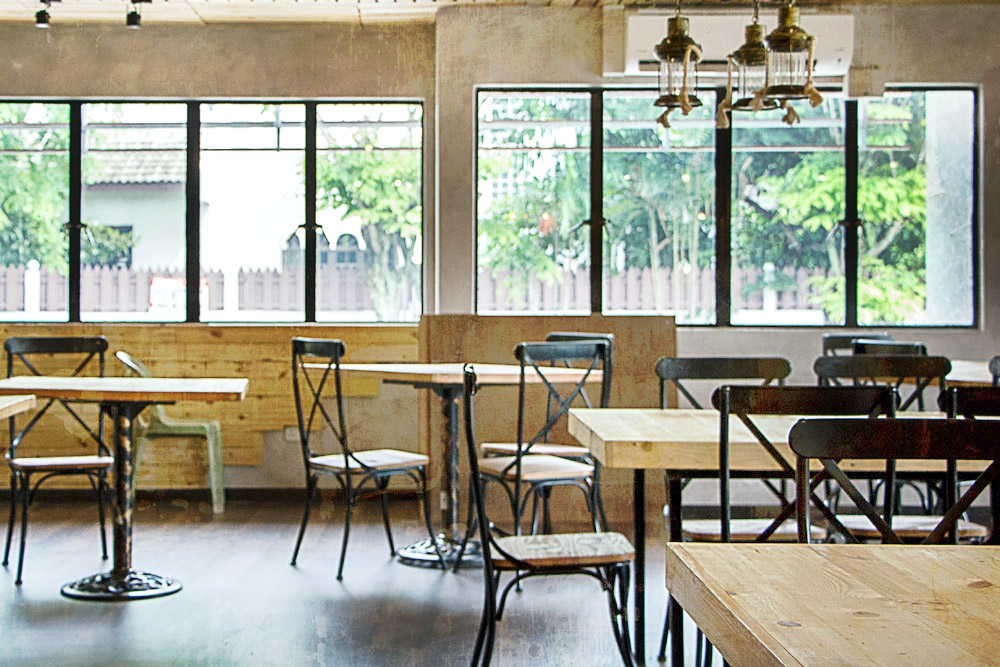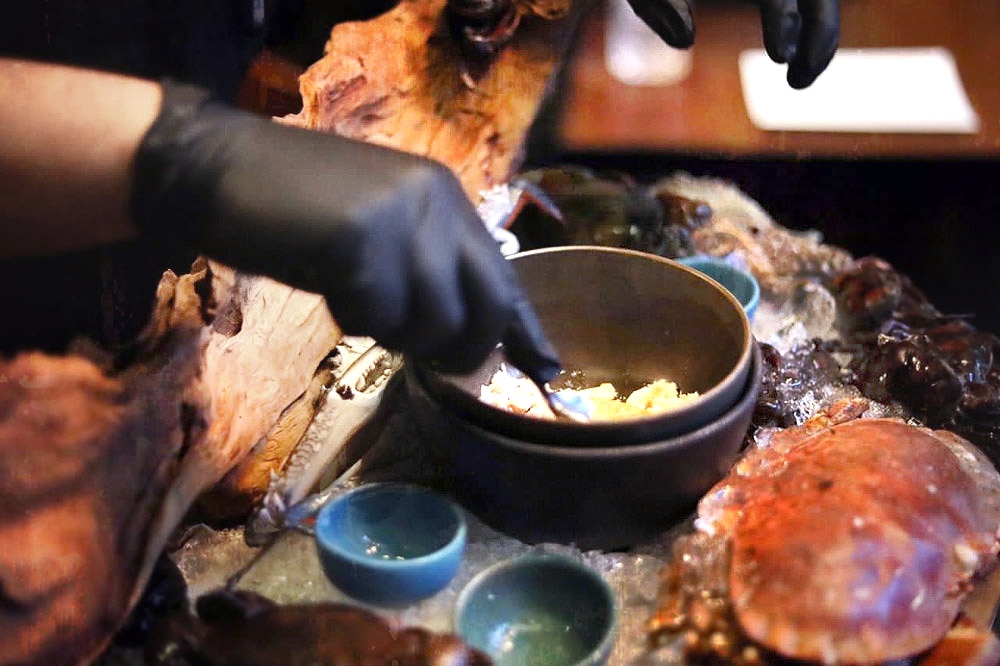COMMENTARY, March 23 – A couple of weeks ago I wrote about how customers may leave a helpful review after a disappointing restaurant experience. Good or bad, how should a restaurant or café respond to these reviews?
One might think that only horrendous incidents such as a waiter spilling hot coffee on a customer’s lap get an outraged, one-star review. Yet even a simple task like slicing bread can be subject to a customer’s consideration: too thick, too thin or just right?
Are customers too demanding? Or are restaurants not paying enough attention to their customers’ needs? The truth might be somewhere in between.

Yes, it can be gruelling work being a server or kitchen crew in the food industry. It can sometimes feel as though customers don’t appreciate the sweat, tears and long hours that the staff put in to make and serve good food.
By the same token, it’s not hard to see why some customers get riled up when they spend their hard-earned money when dining out only to receive subpar food and service.

Is there a divide between restaurants and their customers? I think the we have to judge on a case by case basis.
Some restaurants spend more time on getting feedback from customers, even before they leave the premises, whilst others just focus on the already challenging task of running their business.
This is where reviews, good or bad, can come in. At the end of the day, it isn’t solely a platform for customers to rave or vent their frustrations (though it might seem that way).
Reviews can also be a helpful tool for restaurateurs and café owners to understand their customers better, if they pay attention to them and respond accordingly. One person complaining about overcooked steak might be a fluke; three or four saying the same thing is a pattern.
When a restaurant gets a good review, it helps to respond with a brief thank you to acknowledge you value the customer taking the time out to write.
If the customer has specifically singled out a particular staff for great service, it definitely helps morale to share this with the staff in question. If it’s an overall positive review, let the whole team know they have done well.

For it’s a daily miracle to get everything ready before the shop opens: everything in order, every station with its corresponding mise en place. This is the calm before the crowds arrive, when the entire restaurant might be packed with tables during peak hours.

A good review can tell you which areas to focus on, which limited time dishes to promote to the full-time menu – it’s free and useful information, basically!
And if the restaurant gets a bad review? The first thing to do would be to reach out to the reviewer in question and understand the issue.
Too often the restaurateur will either become defensive or go the publicist route and focus on damage control. Any restaurant is understandably worried about its image but it might be more helpful to find out why the customer is unhappy.
By taking the time to address feedback, clarify the problem and act promptly to rectify it (e.g. apologising if in the wrong, explaining what happened and inviting the customer back for a better, improved experience), you wouldn’t have just made them feel heard.
No, a customer who has had an unsatisfactory restaurant experience who is then contacted and sincerely communicated with might well turn into the restaurant’s biggest cheerleader in time.
Let’s get real: most restaurants and cafés are short-staffed and it’s already an uphill battle to ensure smooth operations. Therefore most customer complaints probably aren’t even acknowledged, much less addressed; by doing both, your eatery will stand out instantly from the pack.
One café I know has their manager, who is also in charge of social media, check all the comments after closing. It's a bit of extra work but they know the business they're in.
I remember something Lee Yew Kheong, owner of The Red Bean Bag, told me years ago: "Social media is not just about getting followers but interacting with them. When we receive complaints, the first thing we do is to find out the root cause and always get back to our customers.”
Whatever you do, it’s probably a disastrous idea for a restaurant to ban reviews by customers (or to attempt, at any rate).
There is a sliding scale here, naturally.
A stall that sells nasi lemak or char kway teow is unlikely to be perturbed by negative reviews; the vendors might not even know that there are any.
On the flip side, a Michelin-starred establishment has more to live up to, more at stake. If you're charging fine dining prices, expect customers to have higher expectations too.
And then there is everything else in between. The mileage varies.
Therefore set appropriate expectations and meet them.
If you’re running a simple stall inside a kopitiam, then customers mostly care how quickly you can get their food to the tables. (Though this isn’t necessarily always true; I’ve seen exquisitely detailed reviews of pan mee and nasi kandar stalls too.)

If you’re taking the fine dining route, then pay attention to details. Presentation matters and your customers will appreciate the effort. (Not to mention the Instagram opportunities.)
It’s crucial for restaurateurs to understand that they do not have to please everyone. In fact, they won’t be able to, no matter how hard they try. There will always be a troll or two who enjoy spreading their misery around.
All the restaurants and cafés can do in these instances is to respond professionally and focus more on delighting other more reasonable customers.
In fact, if they manage to make their customers feel seen and heard, these food businesses might have gained some new loyal regulars along the way – and who wouldn’t want that?
For more slice-of-life stories, visit lifeforbeginners.com.
* Follow us on Instagram @eatdrinkmm for more food gems.






















